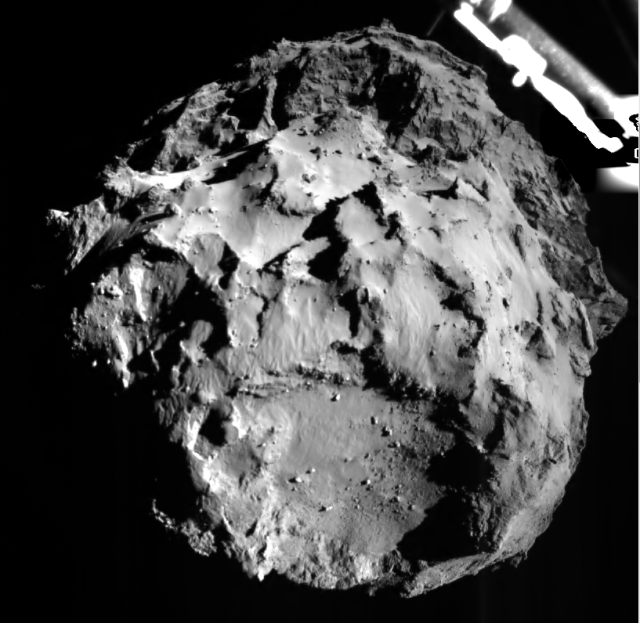The billionaire investor in the company Excalibur Almaz is suing the lawyer in charge for fraud.
Using the $49 million the billionaire invested, the lawyer purchased several Soviet-era capsules and a Almaz space station module from the Russians, claiming they would use this equipment, once refurbished, to establish a commercial space company. What the lawyer, Art Dura, did not tell anyone was, as the lawsuit explains:
“The purchase contracts had to be approved by the Russian government, and unbeknownst to plaintiff … expressly excluded the right to modify the Russian hardware, thus relegating it to display uses only! The items were only museum pieces, a secret Dula would keep until well after he acquired control of plaintiff’s investment.”
Dula’s vehicle for the scheme was Excalibur Almaz Limited, an entity he set up in the Isle of Man, into which he transferred Horie’s $49 million investment, according to the complaint.
What I find amazing is that the company, Excalibur Almaz, also put out a lot of press releases describing how they were going to use this Russian equipment as part of their space effort. I reported on these releases myself. That Dura was able to keep the contract terms secret, that even the Russians didn’t publicly protest his false statements, is most interesting. Apparently, the Russians were glad to take his money and even help with the fraud, by not revealing the truth when Dura made public claims that were impossible according to the contract.
This story illustrates one of the less obvious investment risks inherent in a new industry such as commercial space. Not only can vehicles crash and burn, there are also a lot of con artists out there willing to take advantage of naive individuals who are so passionate about space exploration that they don’t look closely at what they are doing.




